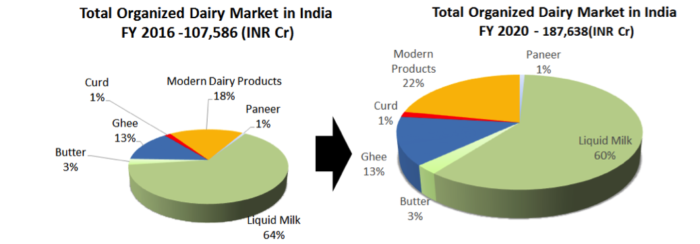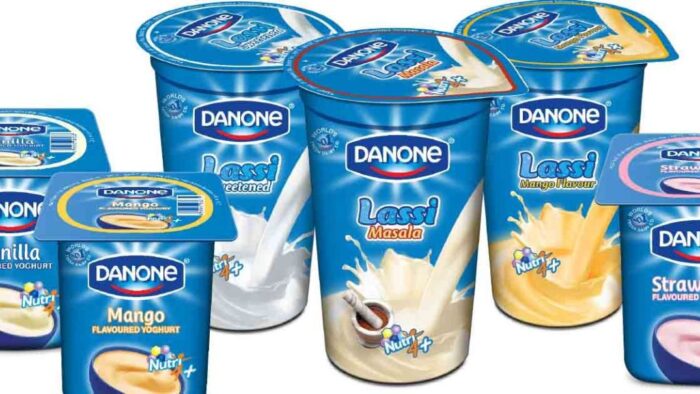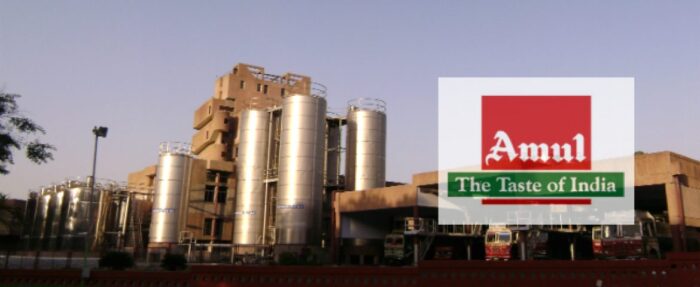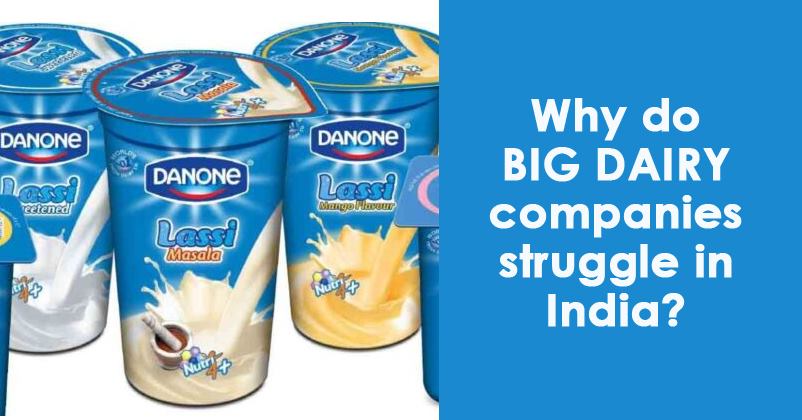India is the world’s biggest producer of dairy products. This is known to everyone but the dairy market of India is not as simple as it seems to be. We never actually analyzed the market with the details to comprehend the struggles faced by the dairy companies in the market.
What the numbers say!
In 2018, India produced around 186 million metric tonnes of milk or 410 billion pounds which can be called 22% of the milk produced globally. For many developing countries, a cow is not only the source of milk but also buffaloes. In other words, buffalo milk is also utilized in large amounts in the world. India’s love for milk and dairy products can be explained from the statistics.

Now let us come to the Indian dairy market where we are aware of the two major competitors, Amul, and Mother Dairy. According to a 2016 survey, in the year 2015 Amul had a 7.2% share and Mother Dairy had a 3.7% share in the Indian Dairy Market.
The unending struggles
So what are the struggles faced by the companies in the market especially the newcomers? Let us look into the example of Danone, a French multinational food-products corporation based in Paris.
In 2011, Danone hoped to capitalize on the Indian Dairy Market and so it decided to open its own processing plant in Haryana and tried to cover around 1.25 billion dairy lovers. But sadly, in less than a decade later, Danone had to close down dairy production in India. Unfortunate but also fortunate.

That same year, the company made 28 billion dollars worldwide and was also ranked in the top three global dairy companies. How?
Why couldn’t Danone’s dairy business work in India?
Danone’s sector which covered dairy and plant-based alternatives are the ones which make 53% of their global sales but it’s also the one that failed in India. The company’s first big problem in India was sourcing milk because nearly half of India’s milk is not sold but consumed by the farmers making the dairy industry fractured. Of the half not consumed by farmer’s households, only about 15 percent goes to big organized companies or government-run cooperatives. The rest goes to hundred of small, local milk processors.
The comparison
Comparing it with Amul and Mother Dairy, over the past long years they have been able to build that huge infrastructure making other companies unable to match the volumes that these brands can produce.
Even these companies have a very small hold in the industry. Establishing a separate supply chain in India altogether is very expensive. But when Danone did get the milk, the company focused on the wrong products.

Wrong choices or wrong strategies?
Danone pushed plain yogurt and flavoured yogurt drinks which is more popular in other countries like France. In India, yogurt covered just 7% of the industry whereas ghee, a type of clarified butter, covered 28% of the market. That’s where the money-making was. Thus, yogurt business was altogether a flop in the market as Indians get milk and prepare yogurt or cheese in their homes. Having fresh dairy products is their ultimate aim.

These are the problems faced by not only Danone but almost all dairy companies. Danone has a stated goal to double its nutrition business in India by 2020 in line with its global mission to ‘bring health through food’ to as many people as possible.













